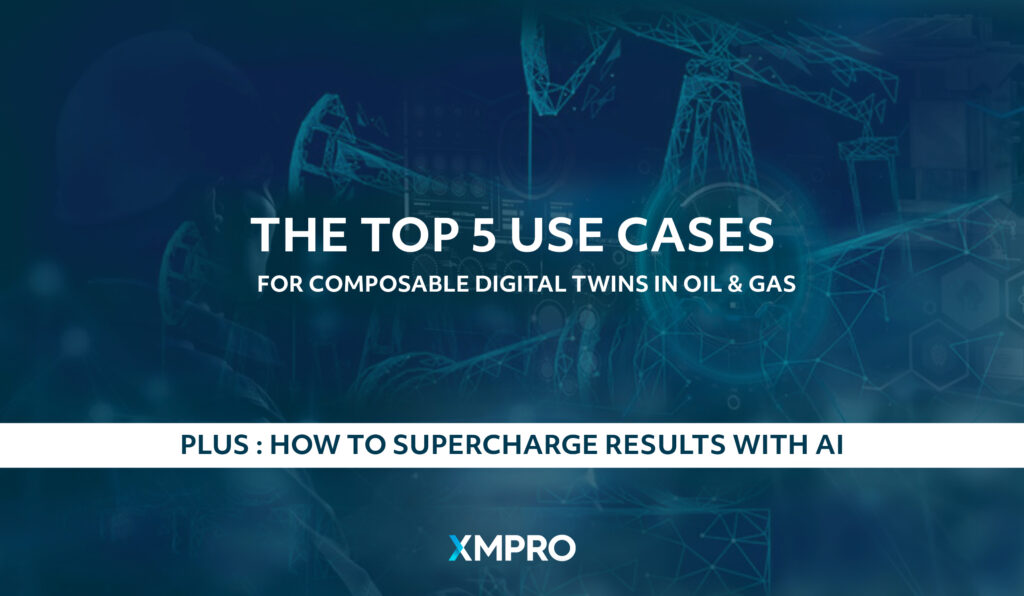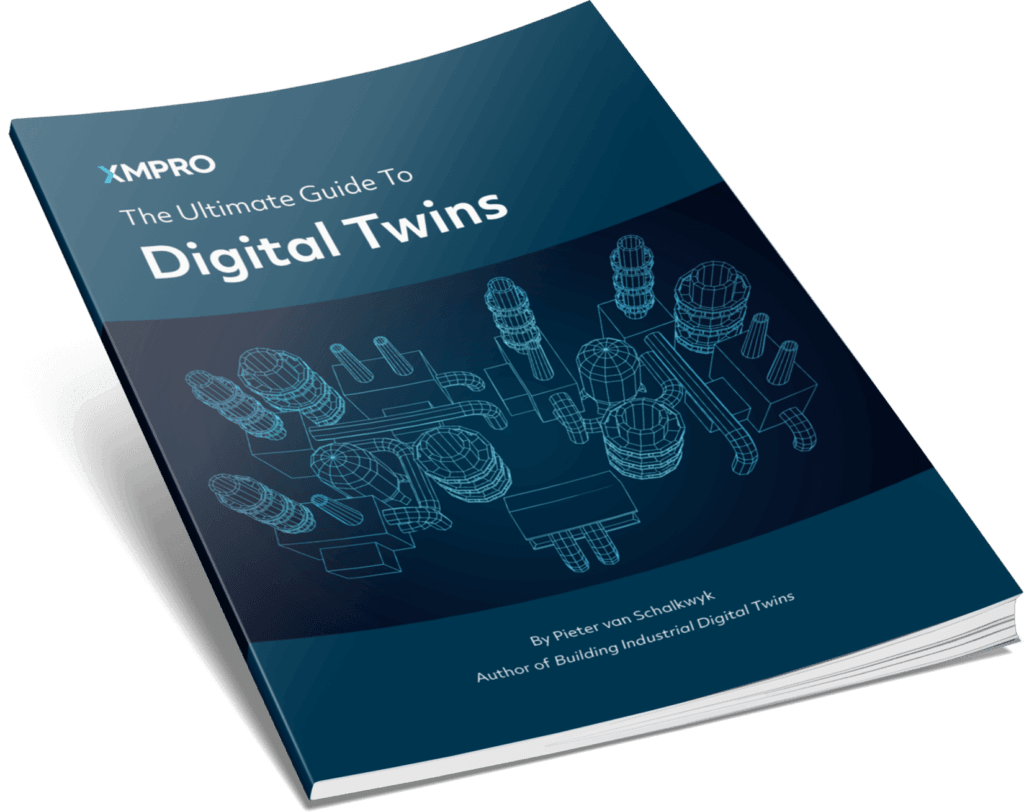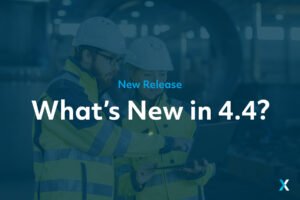
The top 5 use cases for composable digital twin in OIL & GAS
Introduction
Digital twins have revolutionized the way the oil and gas industry operates. A digital twin is a virtual representation of a physical asset, such as a drilling rig or a pipeline, that allows for real-time monitoring and optimization of operations. Composable digital twins take this concept a step further by allowing for the integration of data from multiple sources and the creation of a holistic view of the asset. Here are the top 5 use cases for composable digital twins in the oil and gas industry:
The top 5 use cases
- Predictive Maintenance: Composable digital twins allow for the integration of data from sensors and other sources to predict when maintenance is needed on an asset. This can help to reduce downtime and increase efficiency by allowing for proactive maintenance rather than reactive maintenance.
- Asset Optimization: Composable digital twins can be used to optimize the performance of an asset by analyzing data from multiple sources and identifying areas for improvement. For example, a composable digital twin of a drilling rig could be used to optimize the drilling process by analyzing data on drilling parameters, weather conditions, and other factors.
- Safety and Compliance: Composable digital twins can be used to ensure that assets are in compliance with safety and regulatory standards. This can be done by analyzing data from sensors and other sources to identify potential hazards and take proactive measures to address them.
- Remote Monitoring: Composable digital twins can be used to remotely monitor assets and make decisions based on real-time data. For example, a composable digital twin of a pipeline could be used to monitor the flow of oil and make adjustments to the pumping rate as needed.
- Supply Chain Optimization: Composable digital twins can be used to optimize the supply chain by analyzing data on inventory levels, transportation routes, and other factors. This can help to reduce costs and improve efficiency by identifying areas for improvement and taking proactive measures to address them.
Supercharge results with AI
Artificial intelligence (AI) has the potential to revolutionize the oil and gas industry by providing new ways to optimize operations and improve efficiency. One of the key ways that AI can supercharge results in the industry is through the use of composable digital twins. Here is a closer look at how AI can supercharge results for the top 5 use cases for composable digital twins in the oil and gas industry:
- Predictive Maintenance: AI algorithms can be used to analyze data from sensors and other sources to predict when maintenance is needed on an asset. This can help to reduce downtime and increase efficiency by allowing for proactive maintenance rather than reactive maintenance. With the help of AI, the system can learn from the patterns and data, it can predict the failure even before it happens, thus providing ample time to schedule maintenance and avoid any unplanned downtime.
- Asset Optimization: AI can be used to optimize the performance of an asset by analyzing data from multiple sources and identifying areas for improvement. For example, an AI-powered digital twin of a drilling rig could be used to optimize the drilling process by analyzing data on drilling parameters, weather conditions, and other factors. The system can learn from the historical data and optimize the process for better performance.
- Safety and Compliance: AI can be used to ensure that assets are in compliance with safety and regulatory standards. This can be done by analyzing data from sensors and other sources to identify potential hazards and take proactive measures to address them. AI-powered systems can detect anomalies and alert the operations team for necessary actions, it can also learn from the historical data to predict any potential hazards.
- Remote Monitoring: AI can be used to remotely monitor assets and make decisions based on real-time data. For example, an AI-powered digital twin of a pipeline could be used to monitor the flow of oil and make adjustments to the pumping rate as needed. The AI algorithms can analyze data from multiple sources, including weather conditions, to optimize the flow of oil and reduce costs.
- Supply Chain Optimization: AI can be used to optimize the supply chain by analyzing data on inventory levels, transportation routes, and other factors. This can help to reduce costs and improve efficiency by identifying areas for improvement and taking proactive measures to address them. AI-powered systems can predict the demand, optimize the supply chain for better performance, and reduce costs.
In conclusion, AI can supercharge results for the top 5 use cases for composable digital twins in the oil and gas industry. By providing new ways to analyze data and make decisions, AI can help to optimize operations, reduce downtime, and increase efficiency. With the help of AI, the oil and gas industry can become more efficient, safer and more profitable.






















